| Wishes for a blessed Merry Christmas, belated Happy Hanukkah and Happy Kwanzaa to all of our animal readers! Our Hudson shelter is in a flurry of activities to improve the lives of our temporarily homeless residents while they patiently stay with us on Humane Society Road. Our staff eagerly awaits providing “going home” protocol for our holiday adoptions. If you decide to add a plush kitten or older cat to your house- hold, there’s no better agency with whom to partner. We absolutely have that special “purr” for every feline favorer who walks through our doors. Go online to be pre-approved, so that you can leave with a same-day someone. Even though our kennels showcase quite a few AmStaff and Bull Terrier crosses, we can assure you that these dogs are well-assessed for an appropriate adoption situation. Don’t overlook them, just because they seem to be plentiful. Our “pitbull” adopters wax lyrical about what fabulous dogs these purebreds and mixes are! Think back to the battle of Gettysburg during the Civil War. The Union troops, I think out of Milwaukee, were protected courageously by their bulldog/terrier Sally, who went across enemy lines to stand with her wounded and dying Union soldier comrades. Unbelievable! Not to be outdone, we have dogs great and small watching and waiting for you — keep up to date on our website, or better yet, come on down! |
The weekend before Thanksgiving, I exhibited my 14-month-old German Shepherd dog, Cartier Noir, for the first time in AKC Championship Conformation competition. This young neophyte won an impressive 4-point Major. Though we were over-the-top with this incredible accomplishment, equally satisfying were the affections of so many at ringside who were attending their first dog show. The entry was 2,600 dogs — hustle, bustle, crowded conditions, babies, strollers, wheelchairs, crutches … you get the picture.
Four different families told me they had never seen so many well-behaved dogs. Their young children fussed with Cartier — who has not been raised with child exposure. Our caveat was this — sound temperaments coupled with early and balanced training is the only way to go for all of the dog-owning public. Give your dog, and yourself, that gift. It lasts a lifetime.
Now, tuning in to current events at the shelter … how about considering one of these to help you deck those halls this season:
Peanut is a well-behaved 5-year-old female Boxer mix. She has been bounced around one too many times, and is ready for a forever home. Peanut came to us after her owners just “didn’t want her anymore” (oh, we just love that excuse ... sigh). She has charmed us with her adorable “happy wiggle” when she greets staff and adopters, and her eyes seem to sparkle with a genuine happiness that is contagious. Peanut is meant for a family, especially one that will love her unconditionally — she will certainly return the love!
Pepper, a 6-year-old male Pomeranian, is full of energy and craves attention! Pepper is very vocal, and will bark to get your attention. He would prefer a home that can offer him a lot of play time, and at the end of the night a nice comfortable bed to cuddle up on. Pepper was found as a stray, and has been at CGHS/SPCA ever since. He came in with some medical issues that have since been resolved, including a severe flea allergy which left his once-beautiful mane lackluster and missing in patches. Pepper gets along with other animals, though he would prefer a home without young children ... he’d like the spotlight all to himself!
Spot, a very handsome shorthaired tabby, really misses the warmth and comfort of his previous home. His owner unfortunately had to retire to a nursing home, and Spot has had a hard time adjusting to the shelter life. He’s 3 years old, very loving and affectionate, and he has a tendency to meow for affection. Spot’s adoption is even sponsored — come give this sweet and loving guy his forever home!
Named for his merry personality, Jingle is a lot of fun and full of love! Jingle has a wonderful temperament, good looks, and we were all shocked to see the amount of toes he has — some paws have multiple toes, even as much as a whole extra paw! Jingle is only a 1 year old, and was found as a stray, despite his docile and affectionate personality. Come fall in love with this little guy — we’ll promise he’ll sweep you off your feet!
***
Charlene Marchand is the Chairperson of the Columbia-Greene Humane Society/SPCA Board of Directors. She may be contacted by e-mail at [email protected].
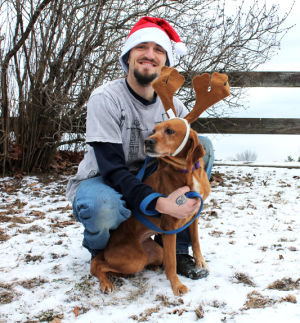
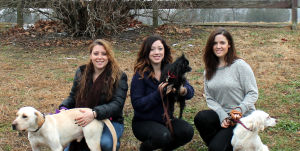
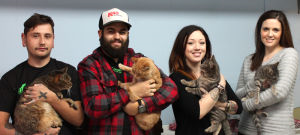
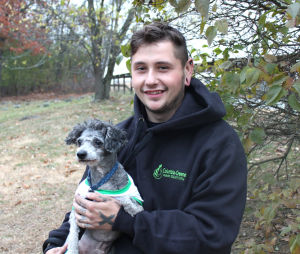
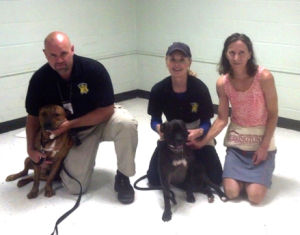
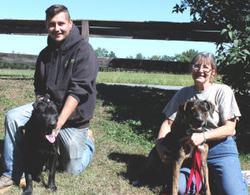
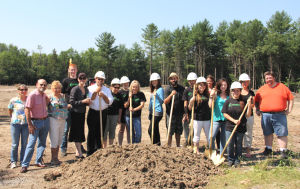
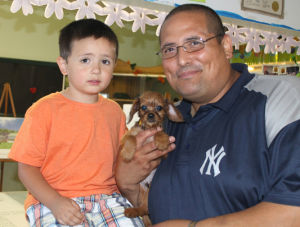
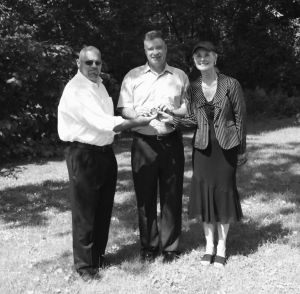

 RSS Feed
RSS Feed